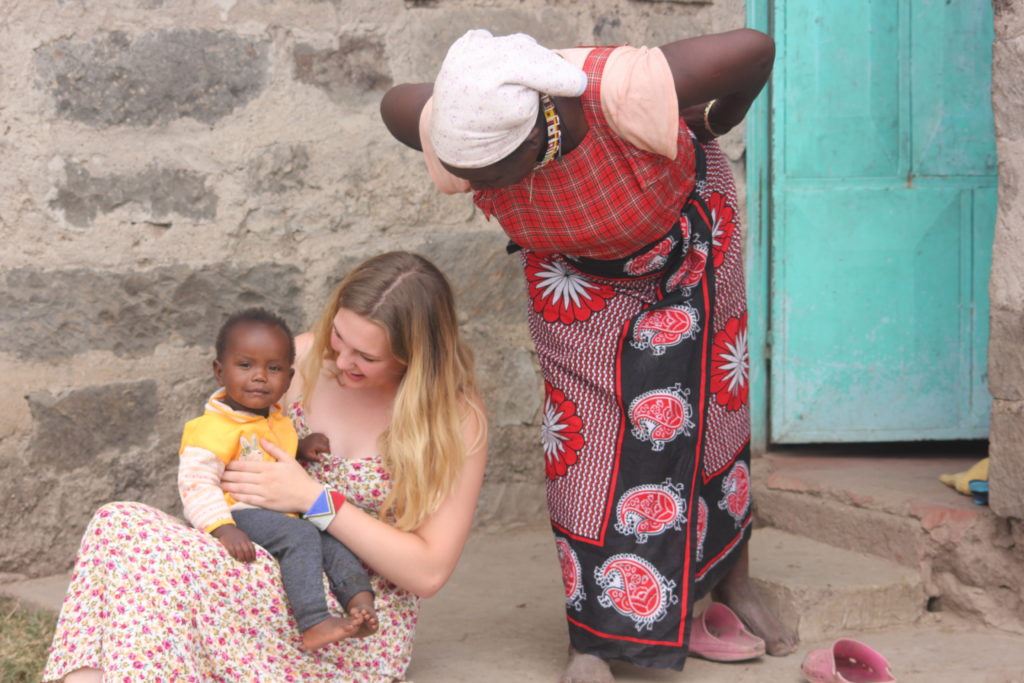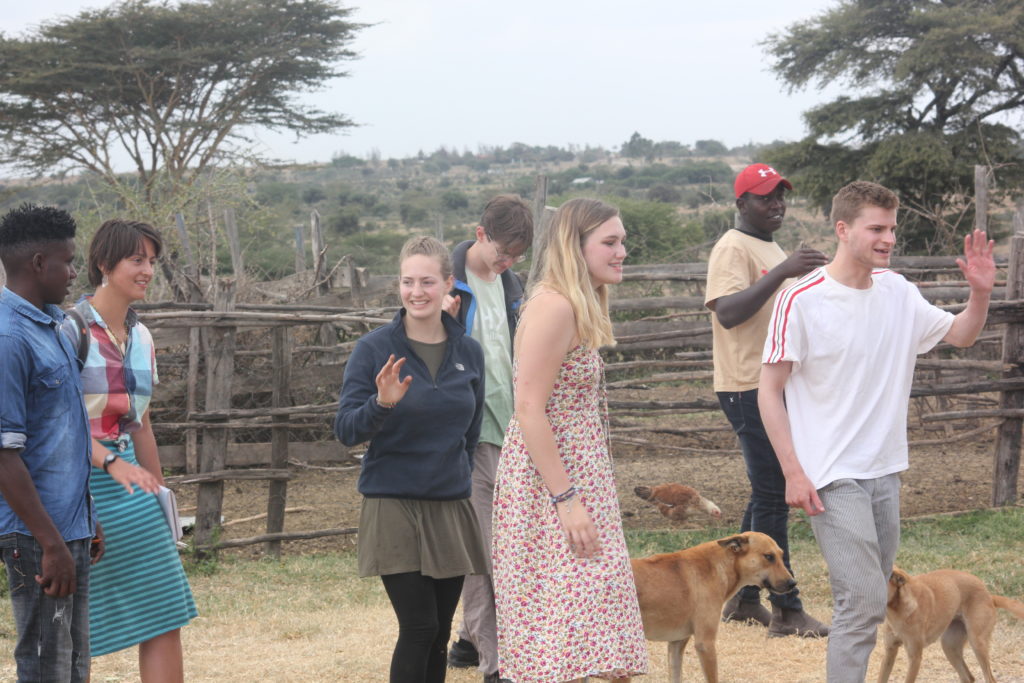Having spent a few days getting to know the area and its wonderful cast of characters, the time had come to start conducting our interviews and learning about human-wildlife conflict. This issue, which forms a major part of Enoch’s research, is a significant challenge for conservation and particularly salient in the case of Kenya. On the one hand, there are the numerous cultural and ethnic groups for whom pastoralism and agriculture form an essential part of their livelihood. On the other hand, there are the wild animals, who require space to feed and migrate freely if their populations are to be sustained. Conflict arises where the ranges of humans and animals overlap, leading to losses for both groups: the people lose their livestock to predation and disease, their crops are trampled and eaten, and sometimes they themselves are attacked; in retaliation, they may drive these wild animals away, or kill them.
These clashes need not be an inevitable consequence of living in proximity to wildlife, and a key goal of this grassroots conservation project is to ensure that local people are able to not only coexist with the animals, but actively benefit from them. In order to do this, their side of the story must be heard – a story that has regrettably often been ignored in the past. When Nairobi National Park was gazetted in 1946, the Maasai people living in the area were forcibly removed from their land by the ruling British to make way for the wild animals. Though a valuable conservation resource, the park impacted significantly on the traditional pastoralist way of life practiced by the Maasai, and continues to do so to this day.
Our plan was to meet the Maasai people living in the vicinity of Nairobi National Park, and hear first-hand their perception of human-wildlife conflict and the ways in which they were affected. Armed with this information, future conservation work in the area can be carried out in such a way that the interests of the local community are more fully recognised and accounted for. As practice, we began by informally interviewing Solomon, while Mandela advised us on the best protocol to follow – for example, make it feel like a friendly chat rather than a rigid questionnaire, don’t ask leading questions, and avoid making promises of solutions if you can’t actually provide them just yet.
Just from speaking to Solomon, we already began to gain a sense of the kind of challenges that the Maasai people living in the area face. When travelling to and from work and school, they are threatened by buffalo and rhino attacks; the increased availability of cars has made this less of an issue, but escorts of Maasai warriors are still required for children walking to school during the wet season (when animals come into closer proximity). Lions are a ubiquitous problem, too, regularly attacking the livestock upon whom many Maasai depend almost entirely for their livelihood. When livestock are killed by lions, the owners are supposed to receive monetary compensation, but Solomon explained that the amount given is never usually large enough because the lions tend to disproportionately target the largest (and most valuable) cattle. Despite these significant issues posed by living near the national park, Solomon had a positive outlook on conservation: some of the funds raised by ecotourism were channelled towards sponsoring children to attend school, and he was personally employed in this sector so he felt its direct benefits.


As we went from one boma (homestead) to the next over the course of several days, meeting people and hearing their views, some general themes began to emerge. Inevitably, wild animals do cause problems: lions and hyenas attack and kill livestock, while herbivores such as zebras, elands and baboons trample fences or steal crops. People had a variety of methods for dealing with these issues – some used lion lights, a simple but highly effective deterrent which flashes intermittently to frighten away curious wildlife, others relied on their dogs to receive warning of any attacks, while others simply had to stay awake all night in constant vigilance. It soon emerged that the compensation for lost livestock, however insufficient it might have been to begin with, had dried up entirely, and when rangers from the Kenyan Wildlife Service (KWS) were called in to respond to an attack they tended to show up merely as a formality or not at all. While most people told us that they supported conservation, many of them could see no tangible benefit from it.
It is important to stress at this point that these were the frustrated responses of people whose livelihood is under constant threat – without having spoken to representatives from KWS, we would inevitably receive a biased account, and we did our best to be mindful of this while hearing people’s genuine grievances. Furthermore, many people we spoke to expressed a heartening amount of optimism: they saw the value of conservation as a source of green jobs in the area, and for some of them it was the reason they could afford to send their children to school. Frequently, we heard the very admirable view espoused that so long as some members of the community benefit, everyone does.
I was impressed by the immense love and respect that the Maasai have for the wildlife they coexist with – many of them believe they have a duty to protect the animals, whether or not they are rewarded for it. This deep sense of stewardship is sadly being tested to its limit, but theirs is a resilient and adaptable community. Once, it was necessary for a Maasai warrior to kill a lion if he was to be recognised as a man; now, the elders care more about sending their children to school.
In total, we conducted interviews at 20 homesteads over the period of a week, visiting different areas and speaking to a mixture of demographics to get as broad a view as possible in our limited time. With this information, we plan to conduct a focus group and discuss some of the recurring themes from the interviews in more detail, so that we can then produce an advisory report for the community and The Wildlife Foundation (TWF) to use – more to follow on this towards the end of the trip!
